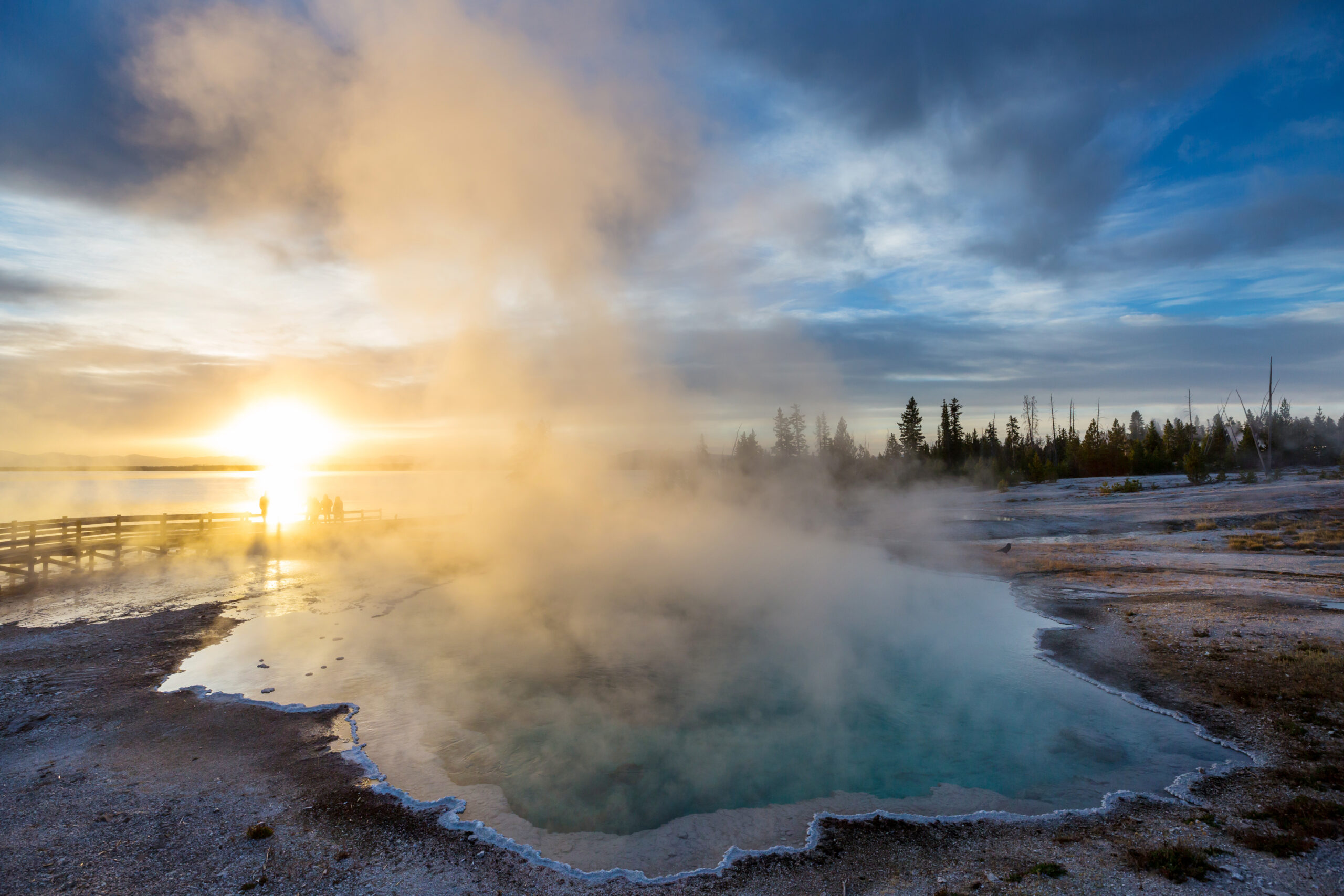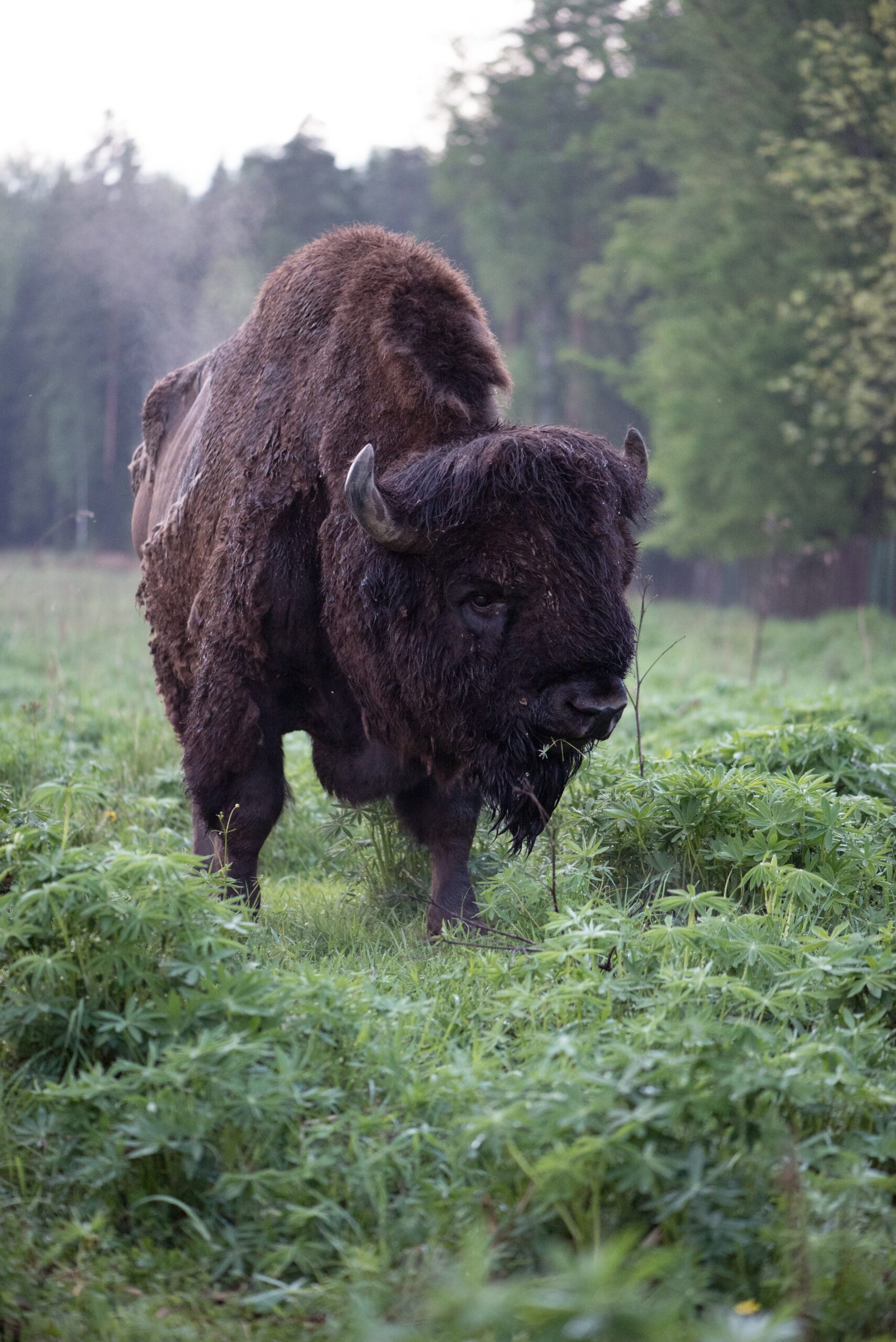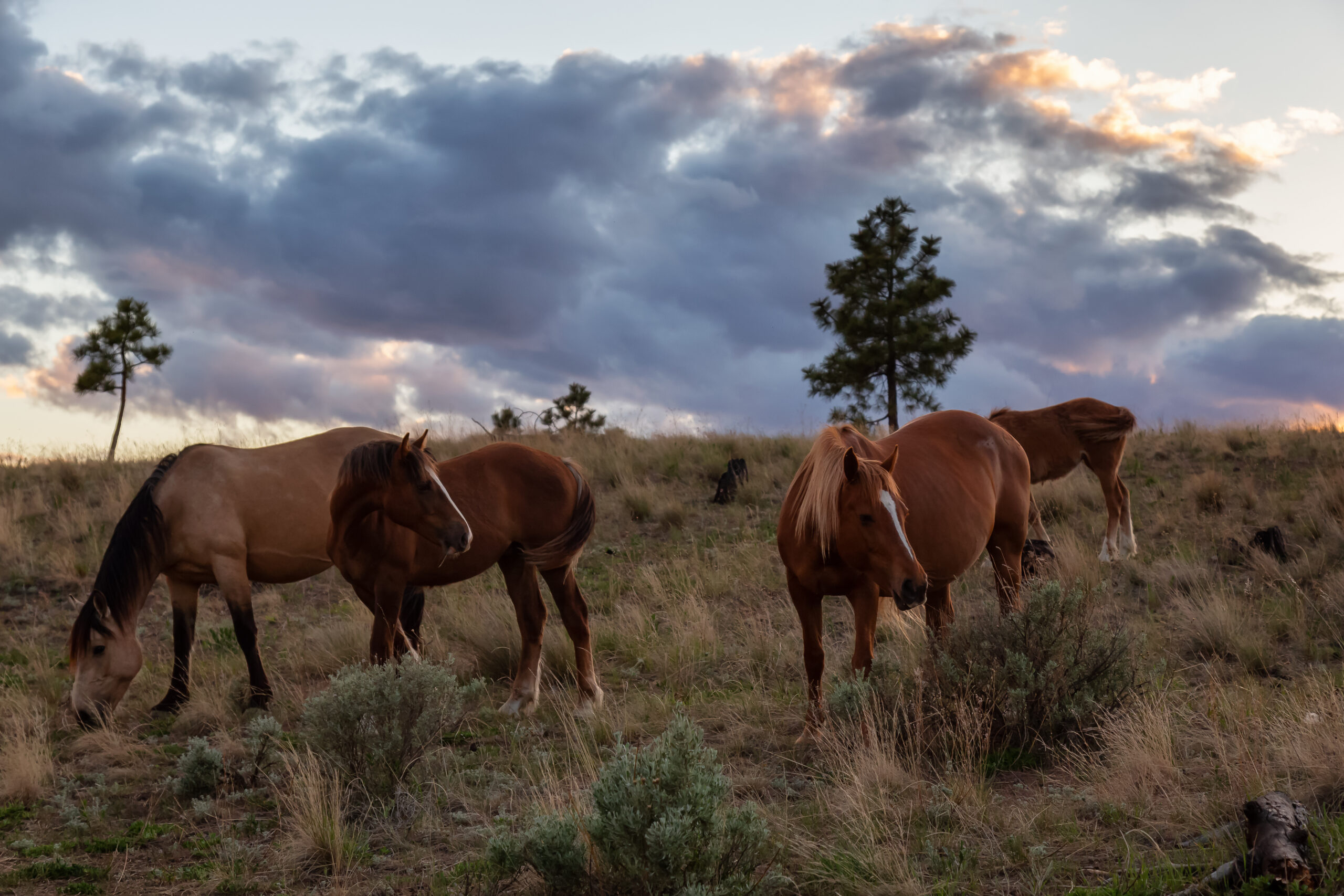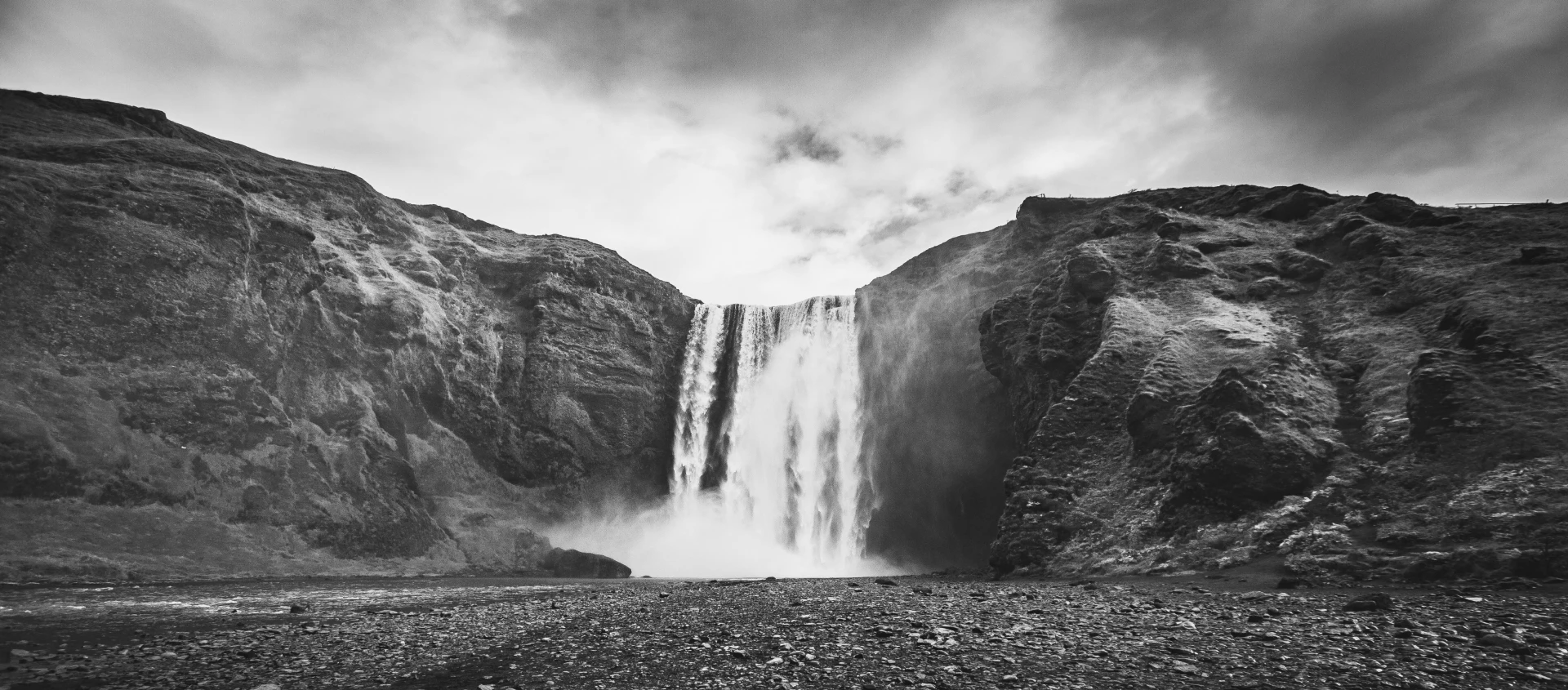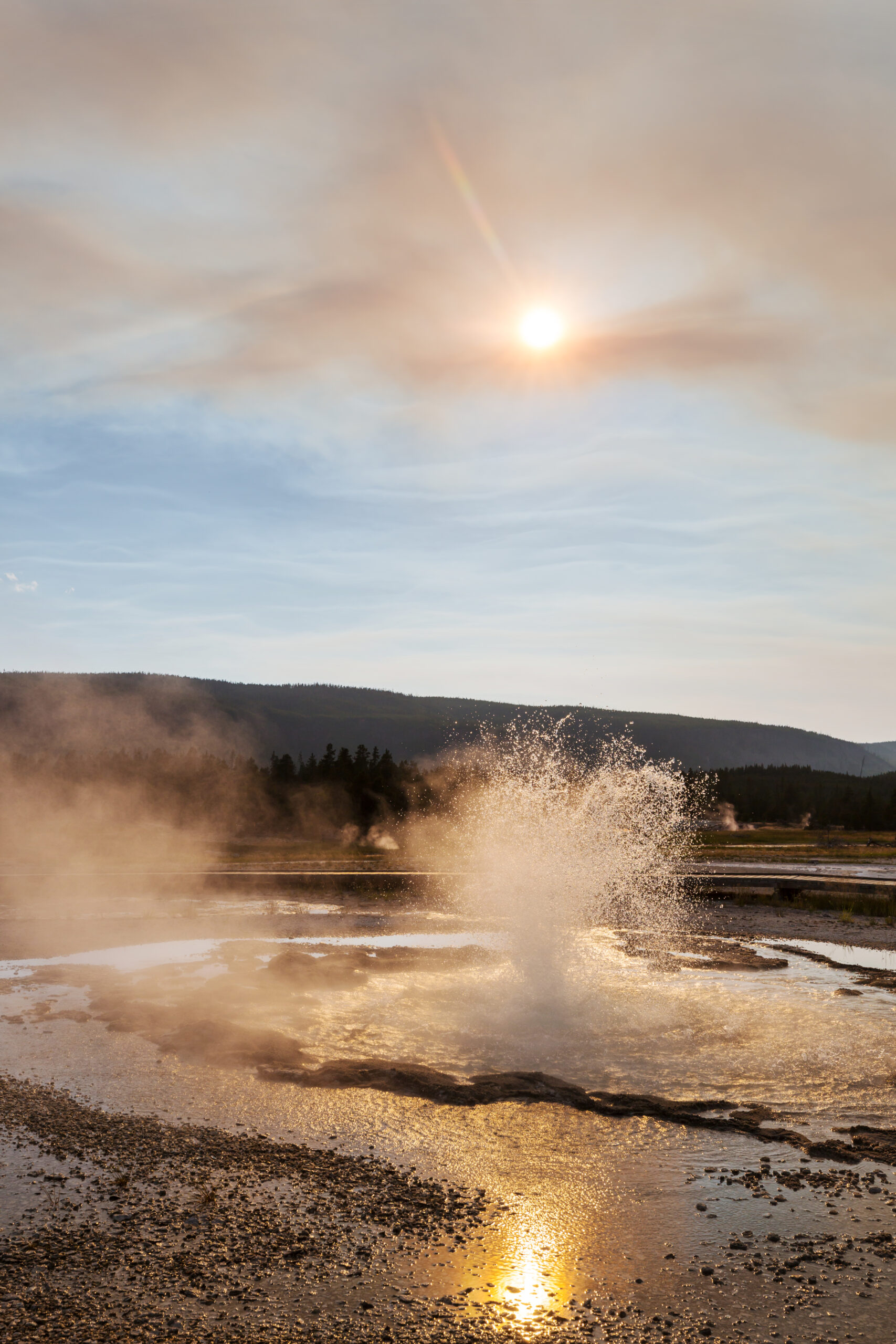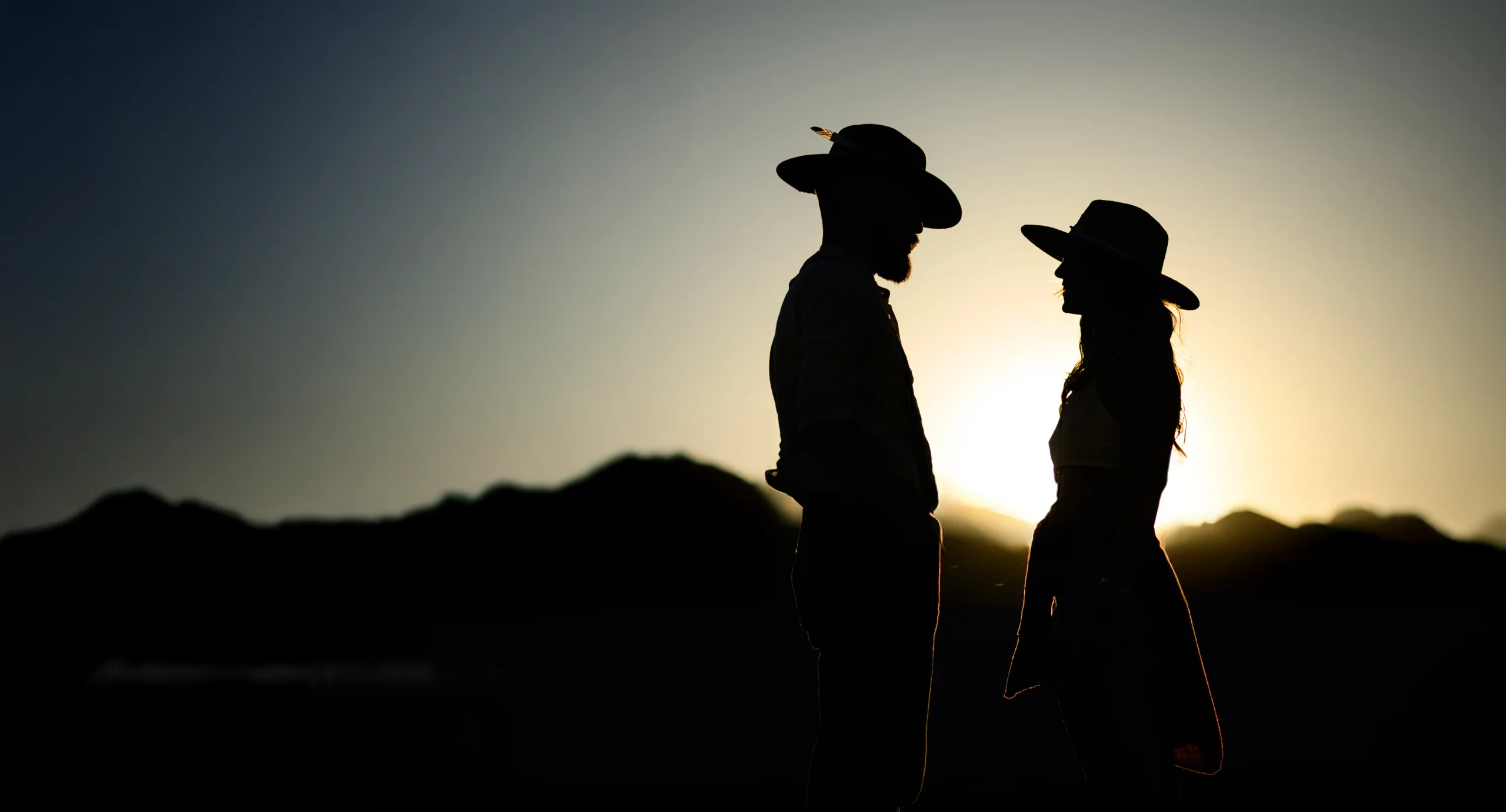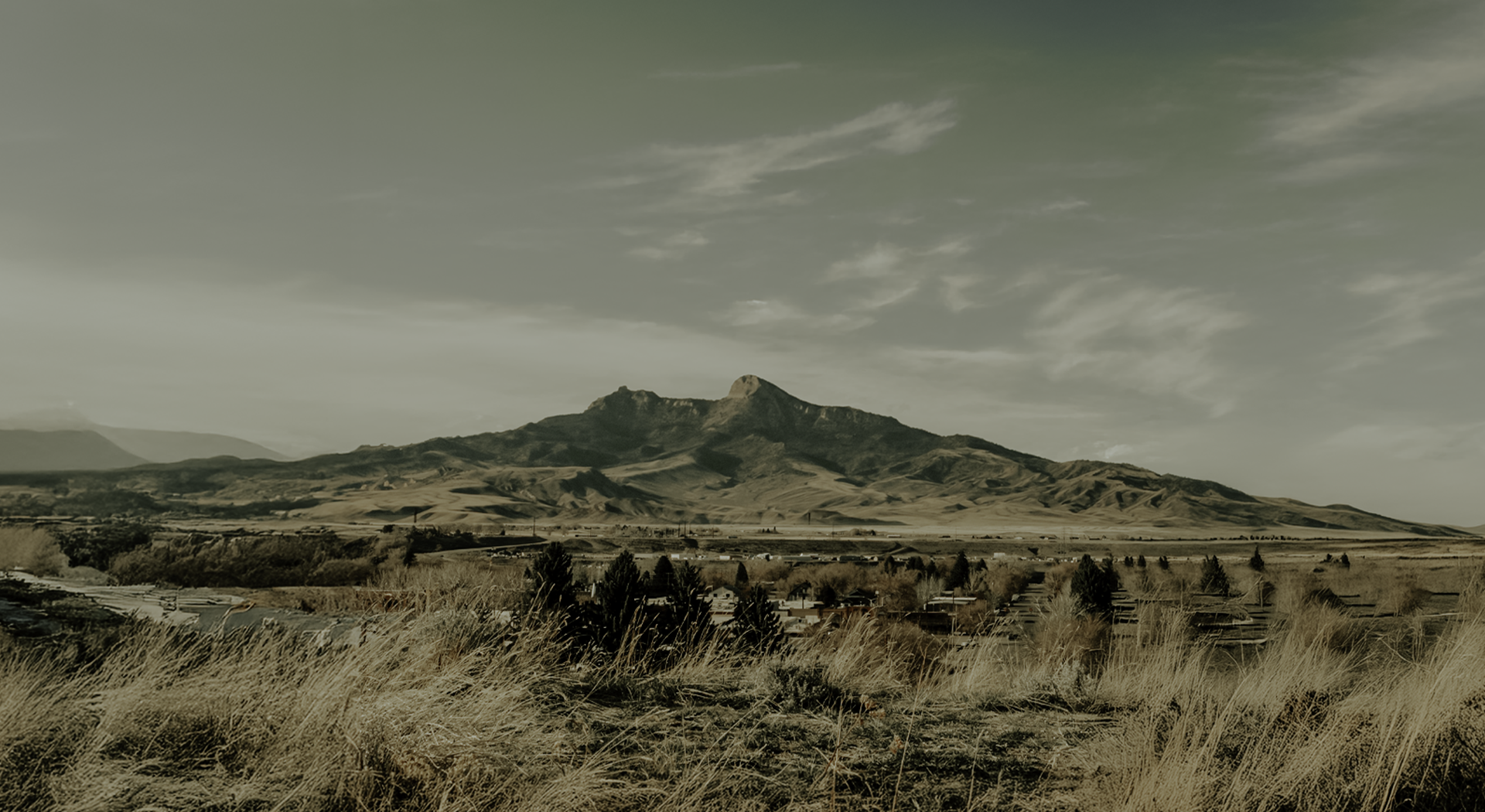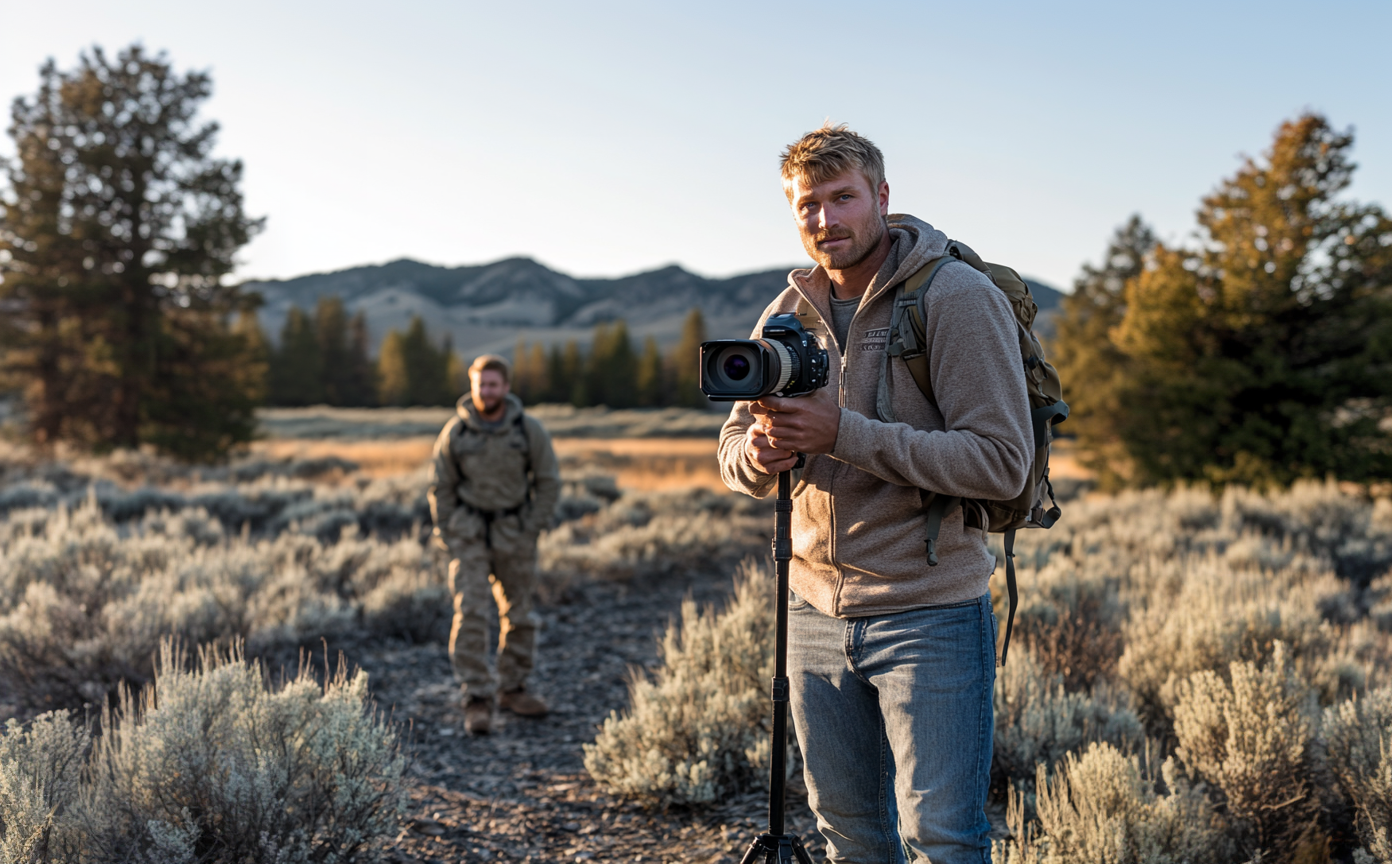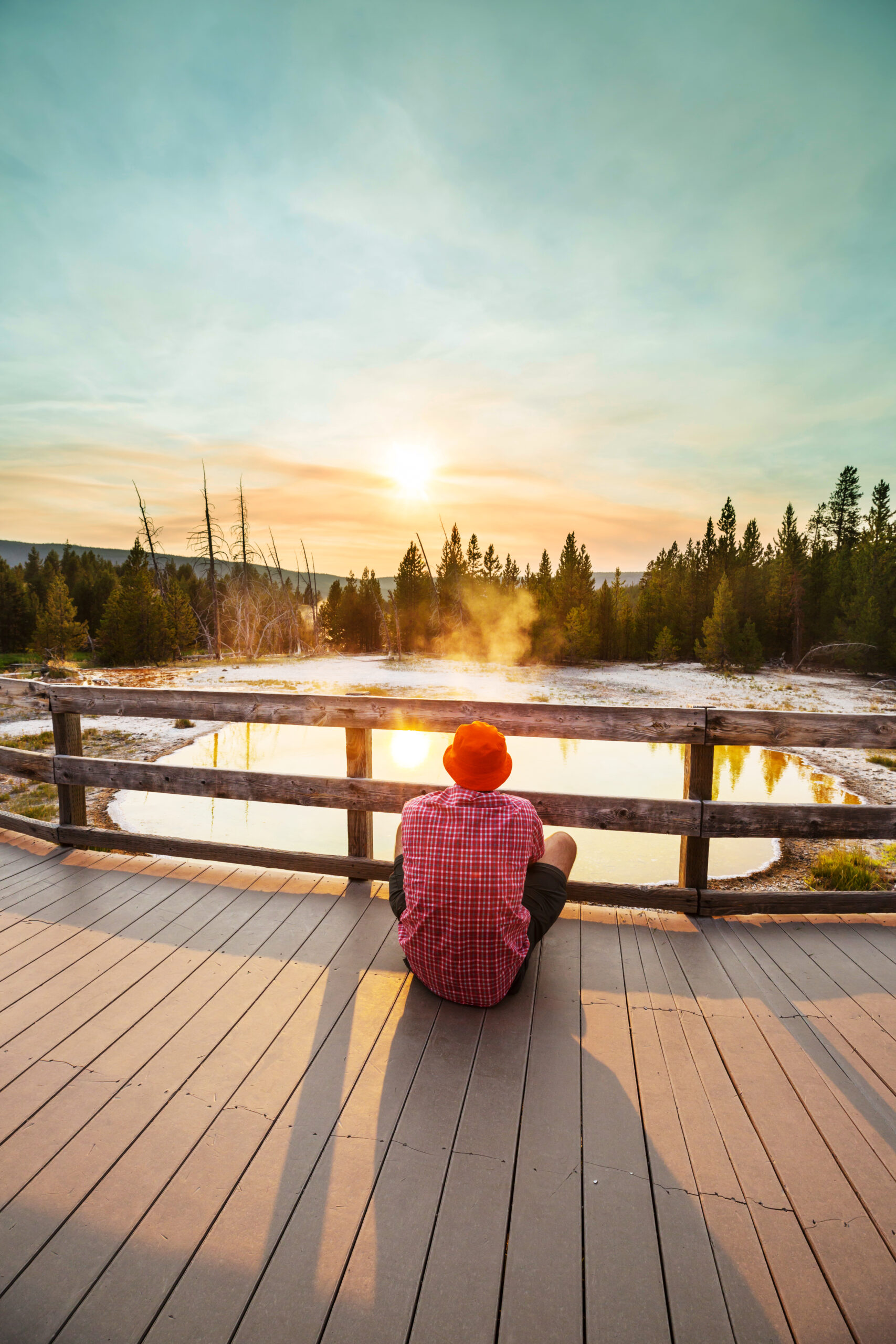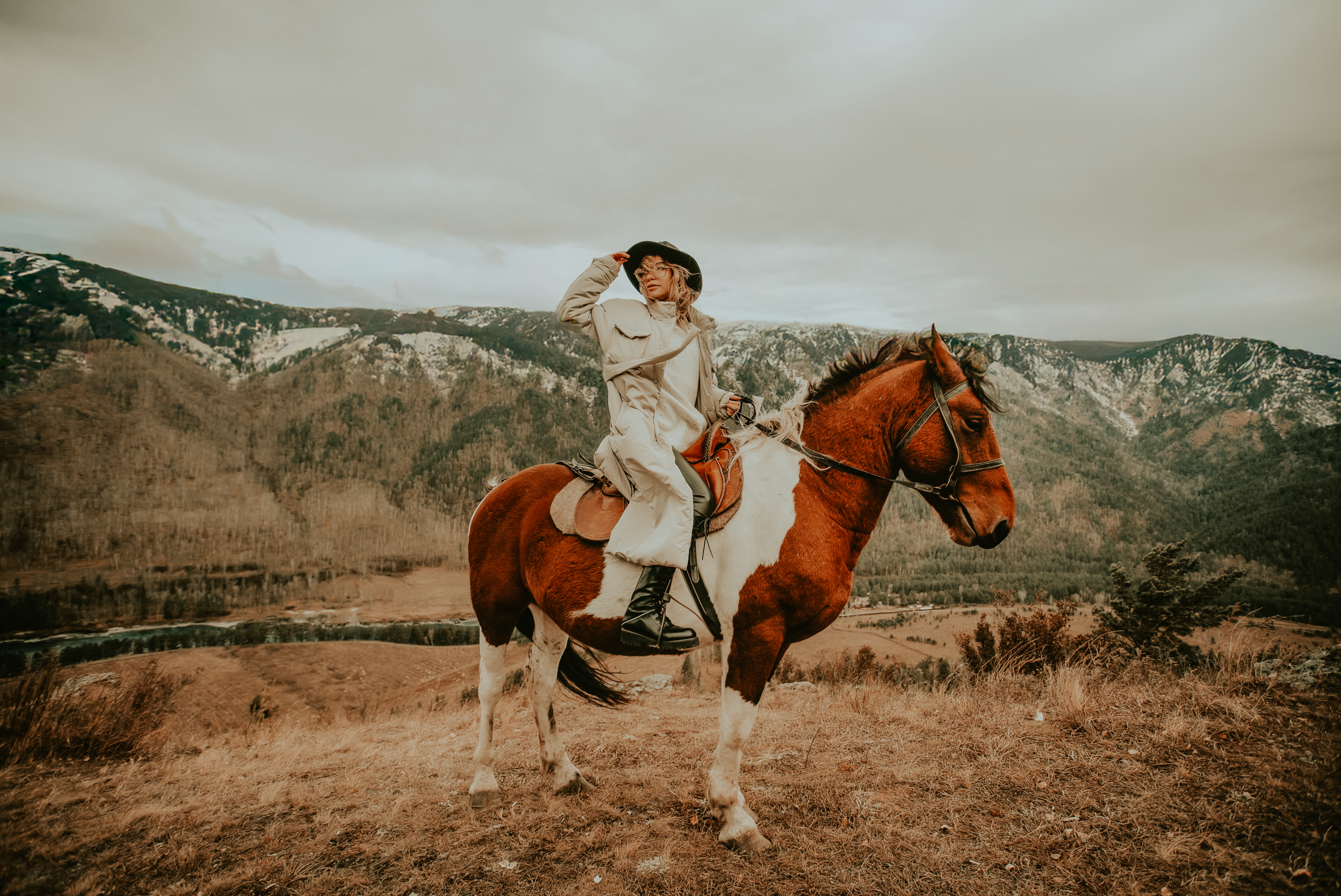Forged by Grit: The Bold History of the American West
The American West has long been a land of mystery, beauty, and adventure. Its rugged landscapes, untamed wildlife, and pioneering spirit have shaped the country’s history and identity. Wyoming, particularly, stands as one of the most iconic and historic regions of the West, offering a unique blend of Native American heritage, early exploration, and the wild frontier. From the majestic peaks of the Shoshone Canyon to the stunning natural wonders of Yellowstone National Park, Wyoming’s history is rich, deeply intertwined with the story of the people who shaped it and the land that continues to inspire awe. landscapes invite you to discover something new, pushing you to explore deeper, breathe easier, and feel more alive.
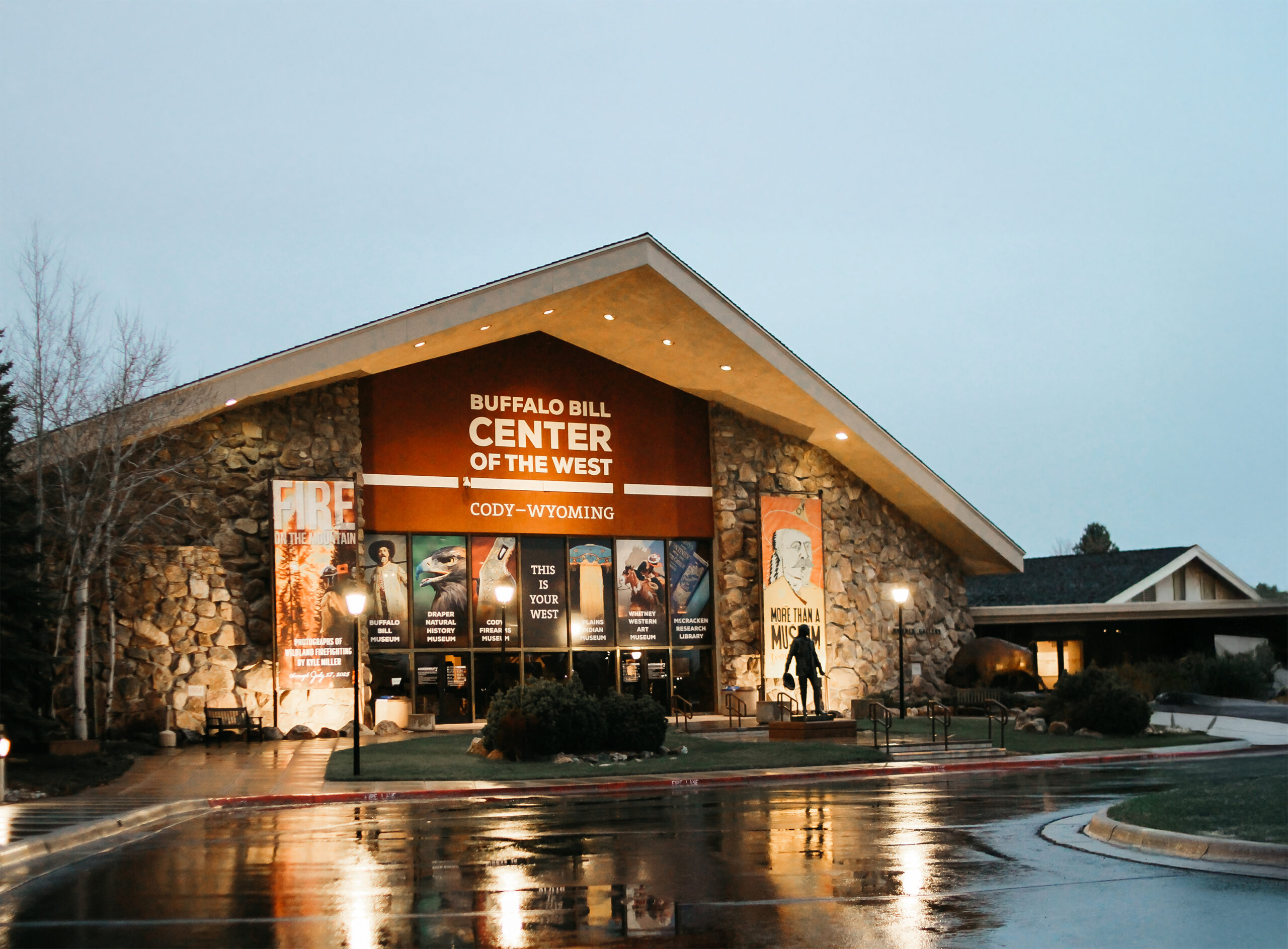
The Western Adventure
Wyoming’s history is a powerful tapestry woven with rugged landscapes, legendary figures, and untold stories. From the untamed beauty of Yellowstone to the enduring legacy of Cody, this land has always been forged by grit and adventure.
- Explore the rich history of Wyoming through The Yellowstone Journal, your ultimate guide to the region’s iconic landmarks and stories.
- Discover the fascinating tales of Yellowstone National Park and Cody’s Wild West heritage in The Yellowstone Journal.
- Learn about the historic significance of Heart Mountain, Buffalo Bill, and Wyoming’s rugged landscapes in our latest feature article.
The history of Wyoming dates back thousands of years before the arrival of European settlers. For centuries, the land was home to the Shoshone, Crow, and Arapaho tribes, who thrived in the valleys and mountains of the region. The Shoshone Canyon, a stunning natural feature that cuts through the rugged terrain of northwestern Wyoming, stands as a testament to the enduring legacy of these Native American peoples. The canyon was a vital hunting and gathering ground, offering bountiful resources and shelter from the harsh Wyoming winters.
The early European exploration of Wyoming began in the late 1700s, when French and Spanish explorers passed through the area, though it wasn’t until the early 1800s that the Lewis and Clark Expedition set the stage for more systematic exploration. As settlers and pioneers moved westward, following trails like the Oregon Trail, Wyoming became a critical stopping point for many. The region’s wide-open spaces, rugged terrain, and iconic mountains were obstacles, but they also symbolized the spirit of the frontier—the challenges that would define life in the American West.
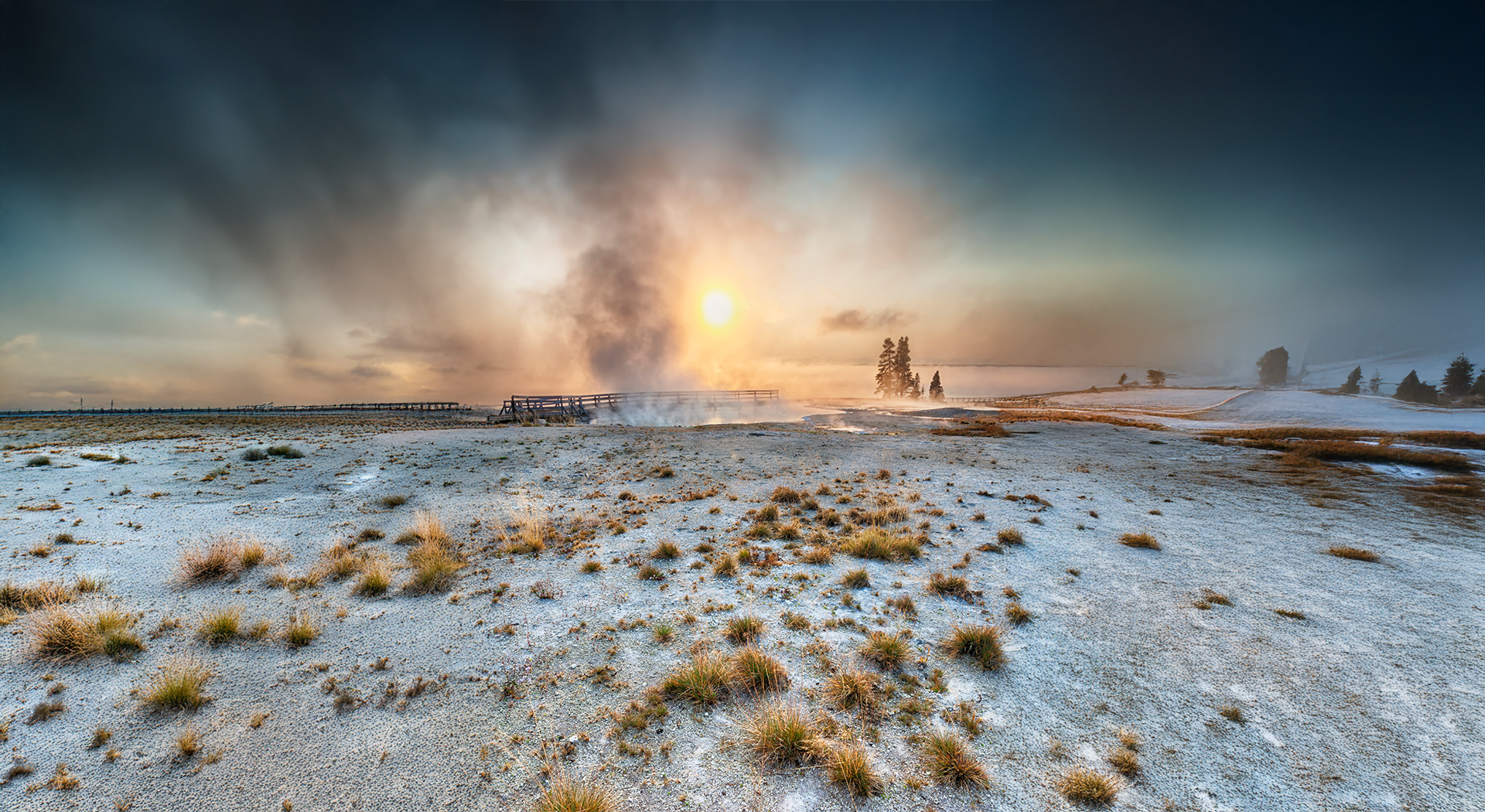
Perhaps no place in Wyoming has played a more prominent role in shaping the American identity than Yellowstone National Park. Known today for its geothermal wonders, stunning landscapes, and wildlife, Yellowstone was a place of untapped potential and mystique for centuries. The indigenous tribes, including the Shoshone, had known about the park’s wonders long before it became a part of national history. However, it wasn’t until 1807 that John Colter, a member of the Lewis and Clark Expedition, became the first known white man to see the area. His stories of bubbling hot springs, geysers, and extraordinary landscapes would remain largely mythic for years.
In 1872, the dream of preserving this incredible place came to fruition with the signing of the Yellowstone National Park into law by President Ulysses S. Grant. It was the first of its kind, a protected area set aside for the public good. Over time, it grew into a symbol of America’s commitment to preserving its natural wonders. The park’s unique geothermal features, such as the Grand Prismatic Spring, Old Faithful, and the Yellowstone River, captivated not only explorers but also later generations of tourists and adventurers. For Cody, Yellowstone represented the ultimate symbol of the West—raw, untamed, and majestic.
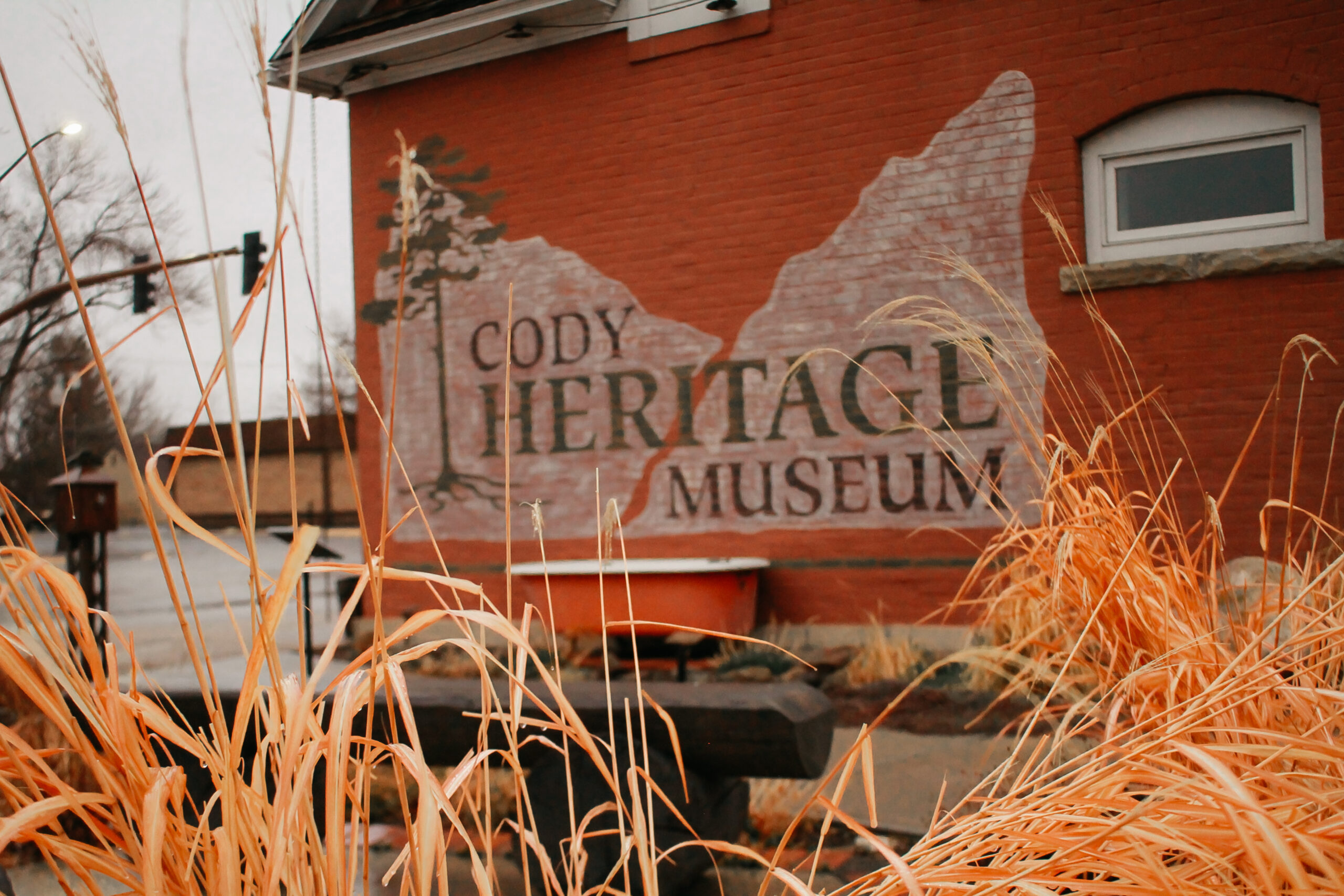
The city of Cody, named after the legendary Buffalo Bill Cody, stands as the gateway to the wilderness of the American West and the entrance to Yellowstone. Buffalo Bill’s contribution to Wyoming’s history is immeasurable. As one of the most famous figures of the American frontier, he helped establish Cody as both a town and a symbol of the West. His Wild West shows toured the world, showcasing the myths and legends of the American frontier, while his ranch in the area became a hub for cowboys, frontiersmen, and settlers. The Buffalo Bill Center of the West in Cody, with its museum and exhibits, tells the story of his life, achievements, and his profound impact on both the cultural and economic development of the region.
Cody’s history is also closely tied to the development of the local area, particularly the building of the Heart Mountain area. Heart Mountain, located just outside Cody, is known for its historical significance as the site of a Japanese American internment camp during World War II. The Heart Mountain Interpretive Center in Cody now serves as a place of remembrance, education, and reflection on the stories of those who were unjustly incarcerated during this period in American history.
Cody’s legacy extends beyond Buffalo Bill. The Cody Heritage Museum offers a window into the past, showcasing the lives of early settlers, the development of the town, and the people who called it home. The museum’s exhibits provide insight into the frontier life, including Native American artifacts, cowboy gear, and the stories of those who forged their way through Wyoming’s vast, untamed landscapes. The city of Cody continues to be a vibrant representation of the West, offering a unique glimpse into the past, while still embracing the future with a thriving community, rich in both history and culture.






